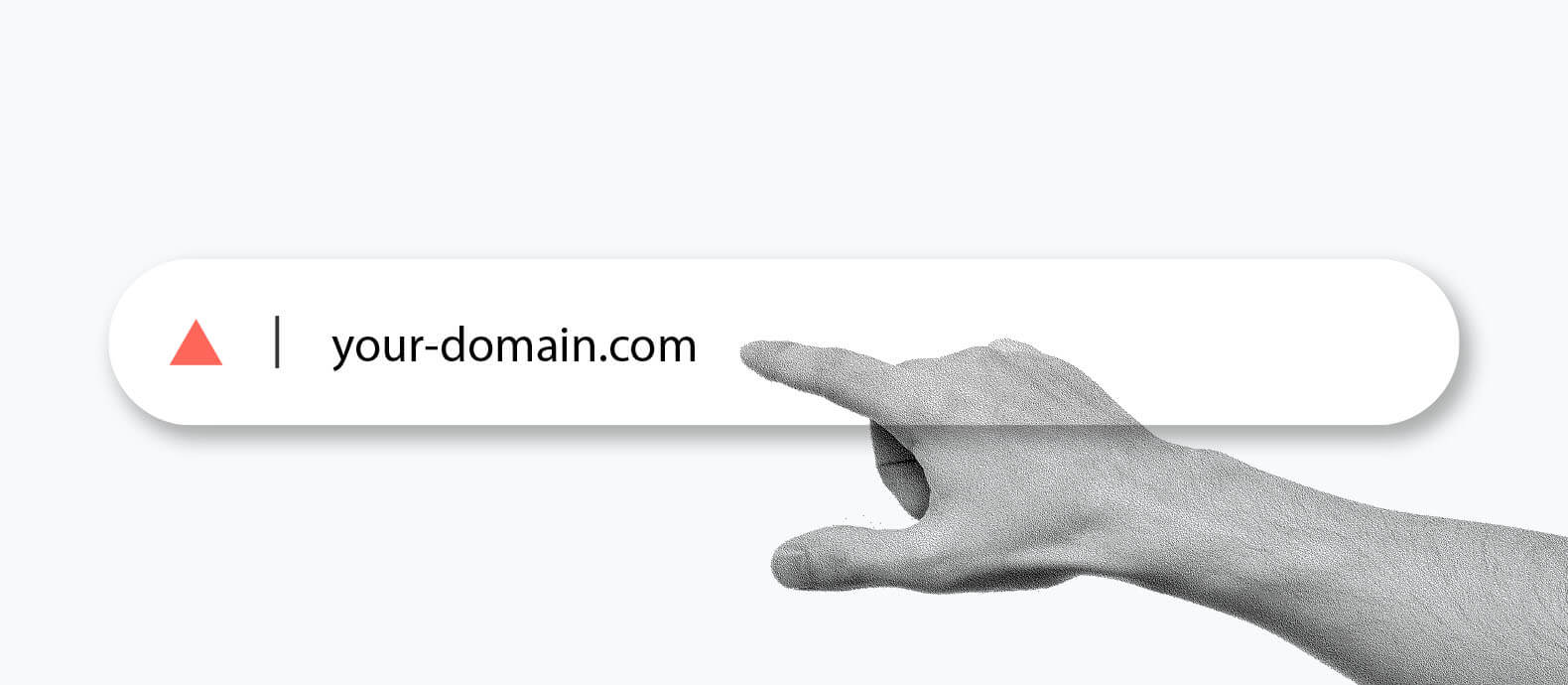Are you having trouble detecting fake sites selling counterfeit goods before they steal your customers’ information?
You aren’t the only one. Our internal data shows that fake online stores and websites will grow by 70% in 2025.
To get a better understanding of the effects on consumers and brand trust, we surveyed 2,000 people who had bought counterfeits on multiple issues, including fake sites.
Our findings show that AI fake websites are making it easier for scammers to impersonate brands and avoid detection. Read on to learn about the business impacts of fake websites and what you can do to protect your reputation.
The AI fake website boom is real
AI tools have made it easier than ever to launch a new site, and bad actors are taking full advantage of that. According to our internal data from fighting fake sites for 1,300 brands, we project the number of infringing sites to grow by 70% in 2025.
This is a sharp increase from the slower growth rate of 59% between 2022 and 2024. Now is the time to proactively take down fake sites before they can harvest your customers’ data and erode trust.
What used to take weeks of development work can happen in mere minutes today. Scammers can produce professional product photos, landing pages, and marketing copy to make e-commerce storefronts indistinguishable from your legitimate sales channels. The ensuing flood of fake sites can draw in customers and force brands to constantly play catch-up with infringers.
Why consumers fall for fake online stores
Counterfeit sites today are sophisticated and bring in shoppers with trustworthy design, payment options, and pricing. They don’t have clunky forms or popups that would make shoppers think twice. Instead, buyers find trust signals like popular payment methods and testimonials. Shoppers often end up at these sites through social media and search ads.
Our survey found that 58% of shoppers who bought fakes by accident were misled by polished site design, branding, and language. This shows fake sites can effectively impersonate brands. Another 51% said the site had reasonable prices. Our client data shows that counterfeit items are often discounted between 31% and 38%, which is a range that seems legitimate to buyers.
Finally, 39% of respondents said secure payment methods made them comfortable with the site. Keep in mind that fake sites can imitate popular payment methods like PayPal or Klarna, even if they don’t actually offer them.
The business impact of fake websites selling counterfeits
Fake websites can steal data, customers, and revenue from brands as customers unknowingly fall victim. About 30% of unintentional counterfeit buyers in our survey bought from a fake website (compared to shopping from e-commerce sites).
Data theft is a big issue with fake sites, since many exist as phishing operations and don’t even send counterfeit goods after stealing the customer’s information. About 44% of millennials in our survey said they suffered data theft after visiting a counterfeit online store.
Another issue is that counterfeit products damage your reputation and erode trust, even when they aren’t your fault. Customers often blame the brand for poor quality or service after receiving a counterfeit. According to our survey, 32% of luxury and toy buyers stopped buying from the brand altogether. This shows how counterfeit products cause lost revenue and long-term trust issues for brands. The longer counterfeiters go unchecked, the more these issues compound.
Fake sites are hard to find—until it’s too late
Fake online stores are hard to detect since they aren’t part of an e-commerce platform like Amazon or AliExpress. This means they are free to exist without any type of verification check. Plus, searching for your brand or products on Google won’t reveal fake sites since most aren’t indexed on the platform.
Scammers are used to getting shut down, so they’ll often move content between multiple domain names. Sites can pop up, steal information, disappear, and then reappear under a different name. Since they reach their target market through ads, they don’t need to have a lasting web presence in one location.
Customers aren’t aware of this, however. They’ll simply see attractive ads targeted to their interests. Customers also rarely report these sites. It may take time for them to realize the scam, and at that point, the scammer could have moved on to another domain. Considering how fluid these sites can be, monitoring them is a challenge.
How Red Points detects and removes fake websites
Red Points goes beyond manual detection to uncover fake websites through domain discovery, AI analysis, and multi-channel surveillance. Here’s how we work on your behalf:
- Domain Discovery Tool: We maintain daily API connections with domain databases that include new registrations on the standard and dark web. We can find non-indexed and pre-launch domains.
- Preemptive takedowns: If a new domain violates your IP, we can enforce a domain takedown before the site goes live.
- AI image and language analysis: Our system analyzes a site’s visual and written content. Our platform can uncover fake sites through keywords and visual branding like logos and product photos.
- Continuous multi-channel surveillance: You can leverage 24/7 monitoring on social media sites, ads, and search engines to catch fake sites wherever they appear.
What’s next: Remove fake sites and safeguard customer loyalty
With the help of AI, fake websites are set to grow even more in 2025 than in the past two years. Fake sites appear to have legitimate trust signals but siphon revenue and customer loyalty from brands. They also fly under the radar on search engines and use social ads to lure customers.
Scammers aren’t the only ones using AI to their advantage, though. With Red Points, you can leverage AI to detect and remove fake sites at scale. You get unlimited takedowns with a platform that learns from each enforcement.
It’s clear we’re entering a new era of counterfeit accessibility. Staying vigilant across platforms is crucial to protecting your brand and maintaining your reputation. Book a quick demo today to see how Red Points automates takedowns to protect brand equity.







